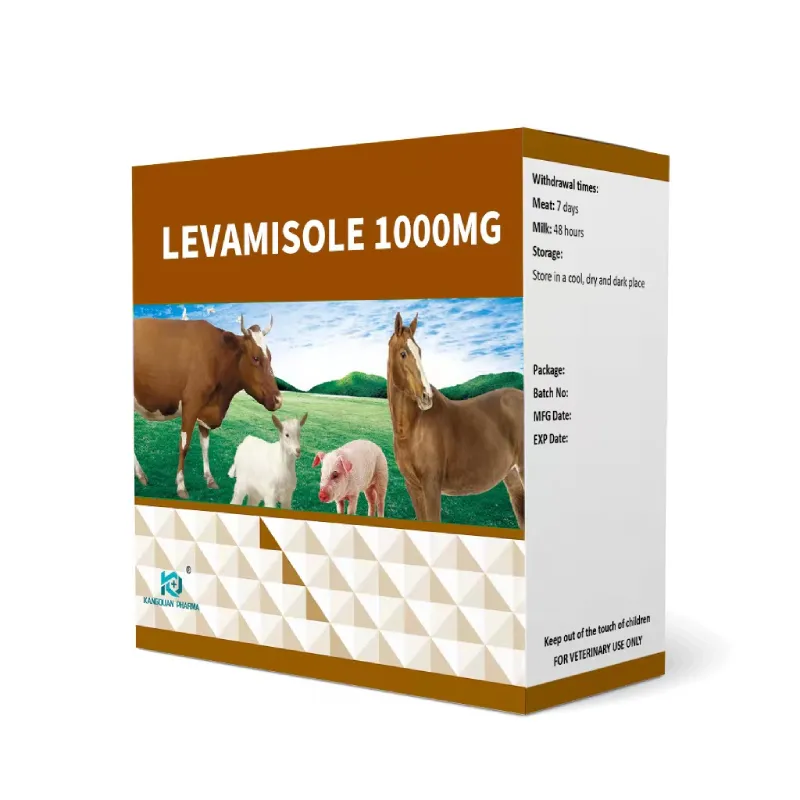- Afrikaans
- Albanian
- Amharic
- Arabic
- Armenian
- Azerbaijani
- Basque
- Belarusian
- Bengali
- Bosnian
- Bulgarian
- Catalan
- Cebuano
- Corsican
- Croatian
- Czech
- Danish
- Dutch
- English
- Esperanto
- Estonian
- Finnish
- French
- Frisian
- Galician
- Georgian
- German
- Greek
- Gujarati
- Haitian Creole
- hausa
- hawaiian
- Hebrew
- Hindi
- Miao
- Hungarian
- Icelandic
- igbo
- Indonesian
- irish
- Italian
- Japanese
- Javanese
- Kannada
- kazakh
- Khmer
- Rwandese
- Korean
- Kurdish
- Kyrgyz
- Lao
- Latin
- Latvian
- Lithuanian
- Luxembourgish
- Macedonian
- Malgashi
- Malay
- Malayalam
- Maltese
- Maori
- Marathi
- Mongolian
- Myanmar
- Nepali
- Norwegian
- Norwegian
- Occitan
- Pashto
- Persian
- Polish
- Portuguese
- Punjabi
- Romanian
- Russian
- Samoan
- Scottish Gaelic
- Serbian
- Sesotho
- Shona
- Sindhi
- Sinhala
- Slovak
- Slovenian
- Somali
- Spanish
- Sundanese
- Swahili
- Swedish
- Tagalog
- Tajik
- Tamil
- Tatar
- Telugu
- Thai
- Turkish
- Turkmen
- Ukrainian
- Urdu
- Uighur
- Uzbek
- Vietnamese
- Welsh
- Bantu
- Yiddish
- Yoruba
- Zulu
11 月 . 01, 2024 12:32 Back to list
Albendazole Suspension for Effective Treatment of Parasitic Infections in Children and Adults
Understanding Albendazole Suspension
Albendazole suspension is a pharmaceutical formulation that plays a crucial role in the treatment of various parasitic infections. It is particularly effective against a wide range of helminths (worms) and certain protozoa, making it a vital medication in both human and veterinary medicine. This article aims to provide a comprehensive overview of albendazole suspension, including its uses, mechanism of action, dosage, and potential side effects.
What is Albendazole?
Albendazole is an anthelmintic drug belonging to the benzimidazole class. It is commonly prescribed to treat infections caused by roundworms, tapeworms, and flukes. In its suspension form, it is particularly useful for patients who have difficulty swallowing tablets, such as young children or individuals with certain medical conditions. The suspension allows for easier administration while ensuring that the active ingredient is effectively delivered into the bloodstream.
Mechanism of Action
The primary mechanism of action of albendazole involves the inhibition of microtubule synthesis in parasites. By binding to the beta-tubulin protein in the parasite’s cells, albendazole disrupts the formation of microtubules, which are essential for cellular structure and function. This disruption hampers the parasite's ability to absorb glucose, leading to energy depletion and eventual death of the organism. Due to this unique mechanism, albendazole is effective against both larval and adult forms of many parasitic species.
Uses of Albendazole Suspension
Albendazole suspension is primarily used to treat infections such as
albendazol suspension

1. Ascariasis Caused by the parasitic roundworm Ascaris lumbricoides. 2. Hookworm infections Resulting from Ancylostoma duodenale and Necator americanus. 3. Trichuriasis Caused by the whipworm Trichuris trichiura. 4. Cystic Echinococcosis A serious infection caused by the larval stage of the Echinococcus granulosus tapeworm. 5. Neurocysticercosis An infection of the central nervous system caused by the pork tapeworm Taenia solium.
Moreover, albendazole is sometimes used in combination with other medications to treat specific infections more effectively.
Dosage and Administration
The dosage of albendazole suspension varies depending on the type of infection being treated, the patient's age, and weight. It is crucial for healthcare providers to determine the appropriate dosage to maximize efficacy while minimizing potential side effects. Typically, the medication is taken orally and may be taken with or without food, but taking it with a fatty meal can improve absorption.
Side Effects and Precautions
While albendazole suspension is generally well-tolerated, some patients may experience side effects, including nausea, abdominal pain, and headache. Rare but serious side effects, such as liver dysfunction or allergic reactions, may occur. It is important for individuals taking the medication to be monitored by healthcare professionals, especially those with pre-existing liver conditions or pregnant women.
In conclusion, albendazole suspension is an essential tool in the fight against parasitic infections. Its broad-spectrum efficacy, combined with a user-friendly formulation, makes it a preferred choice for many patients. Awareness of its uses, mechanism of action, and potential side effects is essential for both healthcare providers and patients to ensure its safe and effective application.
-
The Power of Radix Isatidis Extract for Your Health and Wellness
NewsOct.29,2024
-
Neomycin Sulfate Soluble Powder: A Versatile Solution for Pet Health
NewsOct.29,2024
-
Lincomycin Hydrochloride Soluble Powder – The Essential Solution
NewsOct.29,2024
-
Garamycin Gentamicin Sulfate for Effective Infection Control
NewsOct.29,2024
-
Doxycycline Hyclate Soluble Powder: Your Antibiotic Needs
NewsOct.29,2024
-
Tilmicosin Premix: The Ultimate Solution for Poultry Health
NewsOct.29,2024













